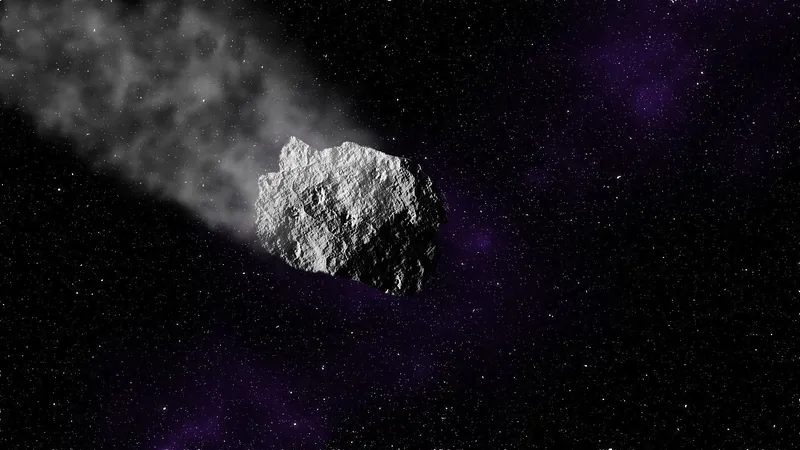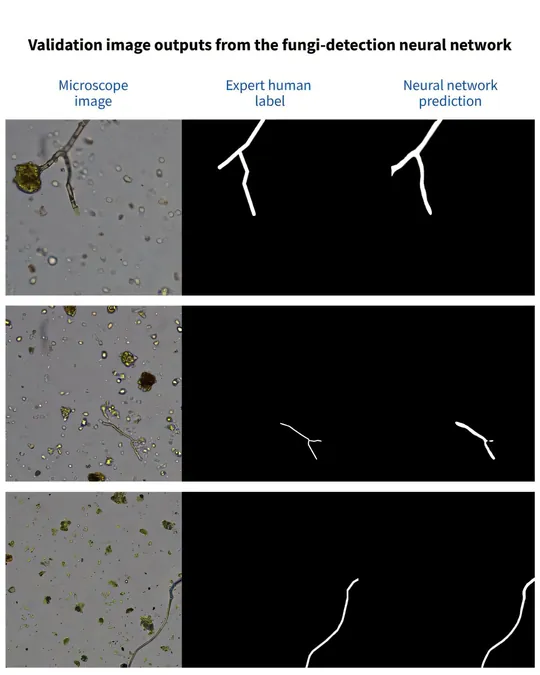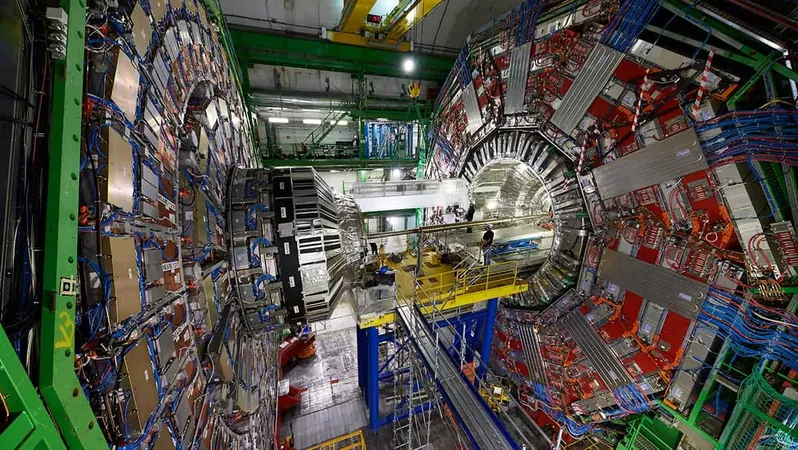
Unlocking the Secrets of Near-Earth Asteroids: What Are They Really Made Of?
2025-05-28
Author: Amelia
A Cosmic Research Adventure Begins
In the infinite universe, around 1 million near-Earth objects (NEOs)—including asteroids—are perpetually circling close to our planet. Each night, astronomers delve into the cosmos, tracking these celestial wanderers, noting their size, speed, and trajectories. Thanks to their diligent work, world leaders can potentially receive early warnings about any NEOs that might be on a collision course with Earth, enabling them to prepare for possible catastrophes.
The Missing Puzzle Piece: Composition
Yet, a crucial piece of the puzzle remains unsolved: what exactly are these asteroids made of? This vital information could be key in protecting our planet from catastrophic impacts.
Meet the Research Dynamos
Enter David Trilling, a revered astronomy professor, and Remington Cantelas, a dedicated doctoral candidate, both hailing from Northern Arizona University. Over the next three years, they will embark on an ambitious mission to analyze the composition of 1,000 NEOs using state-of-the-art telescope technology at observatories in Hawaii and Australia. This groundbreaking project promises to yield one of the largest NEO composition surveys to date, enhancing our planetary defense and expanding our understanding of the universe.
"When an asteroid heads toward us, knowing its composition is crucial," explains Trilling. "We can predict impact zones, but does it consist of rock, gravel, or solid iron? This dictates whether we need to intervene or if it’s likely to cause mere fireworks in the sky."
Breaking Through Old Techniques
Traditionally, analyzing asteroids involved a lengthy process known as spectroscopy, which painstakingly matches light absorption features with minerals—a technique that allows observation of only a handful of asteroids each year. But with the recent advancements, Cantelas will utilize the cutting-edge MuSCAT camera, offering unprecedented speed with over 300 observations annually. While this method accelerates data collection, it does come with a trade-off in detail.
"We analyze fewer light wavelengths, which means we gather less nuanced information, yet we can still discern whether an asteroid is made of iron or rock," Trilling elaborates.
Mapping the Solar System's Diversity
By accumulating vast amounts of data, Trilling and Cantelas aim to create a comprehensive catalog detailing the materials of nearby asteroids—a resource that has never existed before. "In the future, when an asteroid approaches, we'll be able to say there's a specific percentage chance of it being made of various materials. That insight could be invaluable for our defense strategies," states Trilling.
But their aspirations go beyond planetary defense. Understanding the orbit and composition of these asteroids could allow researchers to map the entire solar system—without ever leaving Earth. "NEOs originated in different parts of the solar system before veering close to us. Knowing their make-up gives us clues about the solar system's history and diversity," says Trilling.
Unexpected Discoveries Await
Their work is already producing intriguing results. In a pilot project, Cantelas observed a random selection of 10 asteroids and found unexpected variations in their compositions. While half matched anticipated rocky materials, the other half revealed unusual compositions that sparked much curiosity.
"What if the solar system hosts a greater variety of 'oddballs' than we imagined? This opens up a treasure trove of mysteries waiting to be uncovered!" Trilling exclaims.
The Adventure Continues
As the duo pushes forward with their research, the universe invites us all to marvel at its diversity and complexity. Stay tuned, because the answers they uncover could redefine our understanding of the cosmos!









 Brasil (PT)
Brasil (PT)
 Canada (EN)
Canada (EN)
 Chile (ES)
Chile (ES)
 Česko (CS)
Česko (CS)
 대한민국 (KO)
대한민국 (KO)
 España (ES)
España (ES)
 France (FR)
France (FR)
 Hong Kong (EN)
Hong Kong (EN)
 Italia (IT)
Italia (IT)
 日本 (JA)
日本 (JA)
 Magyarország (HU)
Magyarország (HU)
 Norge (NO)
Norge (NO)
 Polska (PL)
Polska (PL)
 Schweiz (DE)
Schweiz (DE)
 Singapore (EN)
Singapore (EN)
 Sverige (SV)
Sverige (SV)
 Suomi (FI)
Suomi (FI)
 Türkiye (TR)
Türkiye (TR)
 الإمارات العربية المتحدة (AR)
الإمارات العربية المتحدة (AR)